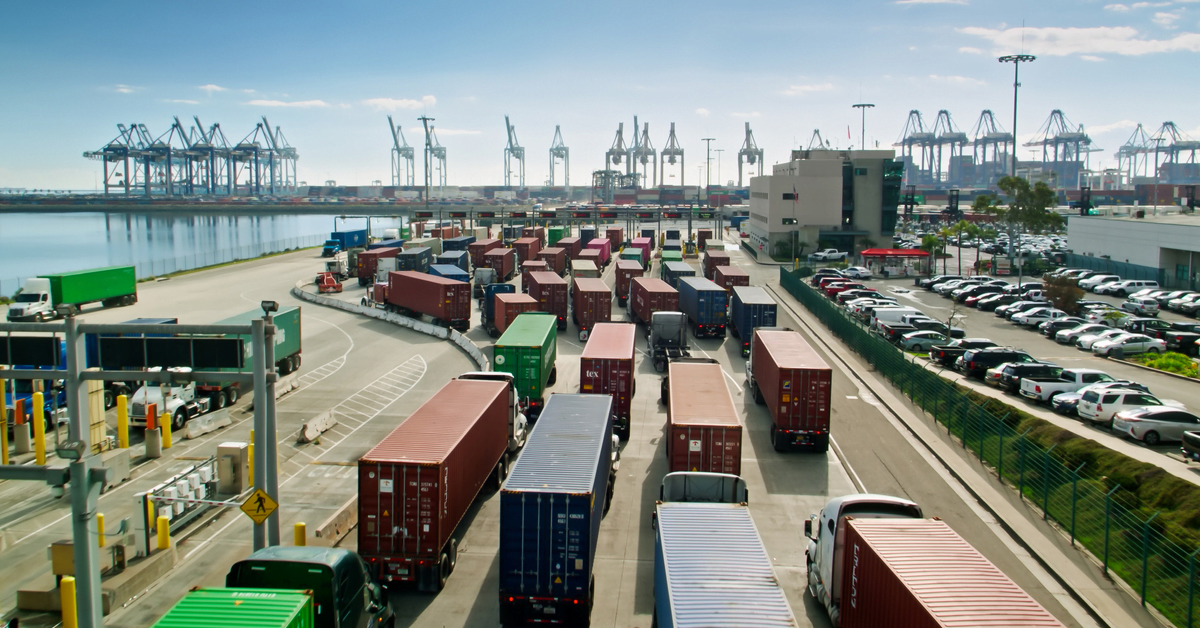In the world of modern logistics, Third Party Logistics (3PL) providers are a crucial link in the transportation sector.
By coordinating freight and transport elements to maintain efficient networks, 3PLs can deliver goods and commodities more effectively than ever. At the same time, as tasks required for success in the logistics industry become increasingly complex, 3PLs must find new solutions to ensure their operations are efficient and effective. They need reliable and cost-effective solutions that streamline processes across their organization to stay competitive.
This is where 3PL freight software comes into play – 3PLs can revolutionize their operations and improve efficiency without sacrificing quality or customer service.
In the sections below, we’ll explore the power of 3PL freight software and how it can transform any 3PL business’s logistics operations.
In Today’s Volatile Transportation Industry, Efficiency Remains A Challenge
Today’s transportation industry is in flux, with demand and supply fluctuating regularly. Efficiency is one of the most challenging obstacles to be managed in such an unpredictable environment, primarily due to the increased complexity caused by increasing traffic congestion, technological advancements, and the need for greater safety measures. Some of the most significant challenges today’s volatile transportation industry poses include:- The rise of e-commerce – Demand for the fast delivery of online goods has exponentially increased, creating a surge in pressure on transportation networks, leading to higher levels of late or even lost packages.
- Labor shortages (warehouse and driver) – The shortage of skilled labor means that employee retention remains challenging in the transport industry. It has been estimated that the global truck driver shortage is currently at 78,000, which may rise significantly over the next decade.
- Manual processes standing in the way of supply chain collaboration – Manual processes and manual labor remain widespread throughout the transportation industry, causing delays in analyzing, sharing, and processing data and hindering collaboration efforts between different entities down the supply chain.
- Congestion on highways – The increasing number of vehicles on the road has led to traffic jams, thus decreasing freight efficiency as transit vehicles are slowed down.
- Lack of technology adoption – Despite the availability of digital solutions that can help optimize freight processes, many companies remain slow to adopt them due to a lack of preexisting infrastructure and awareness.
- Suboptimal route planning – Transportation planners often prioritize costs over time when creating routes, meaning delays are highly likely due to inefficient routing.









